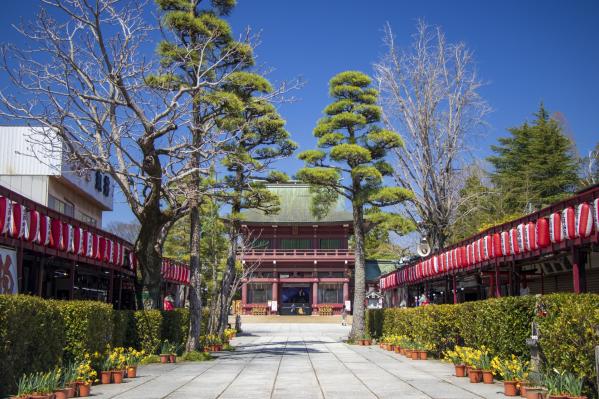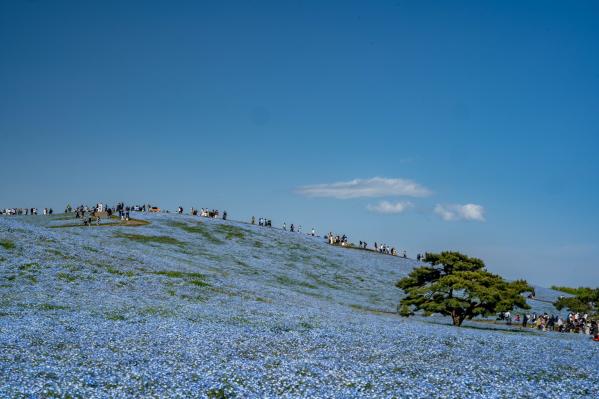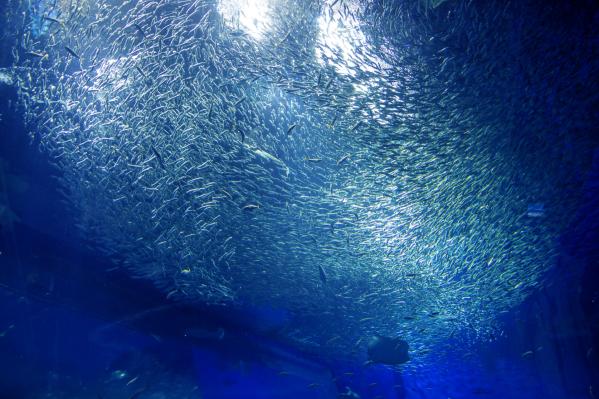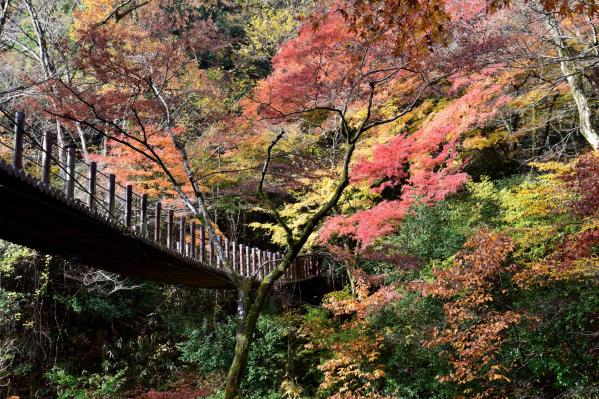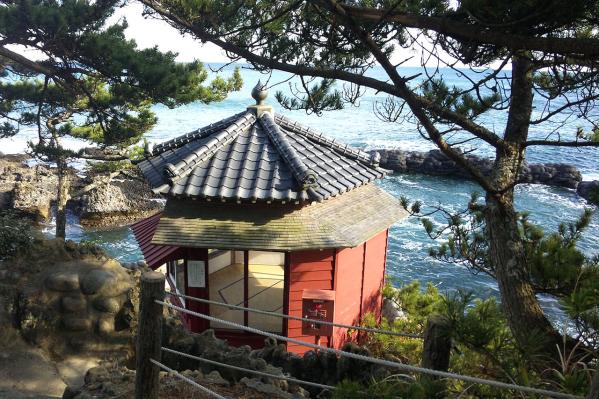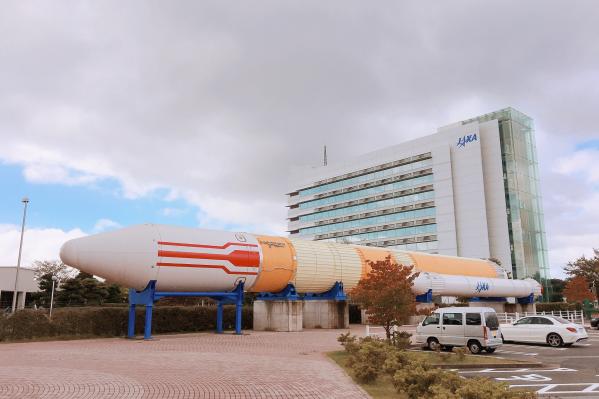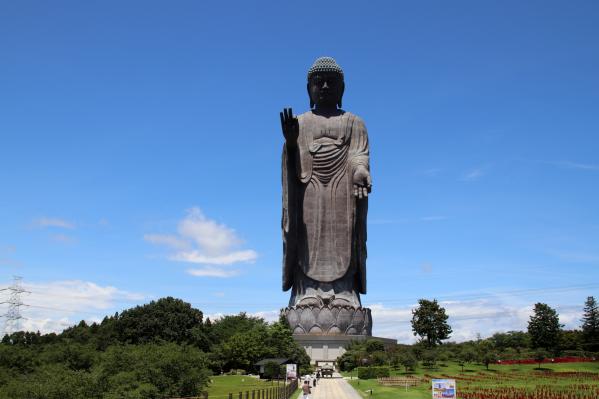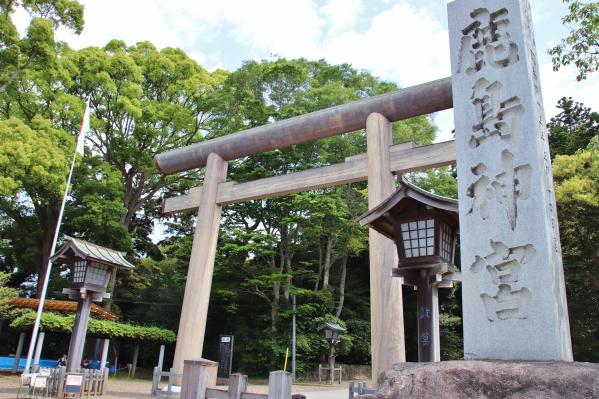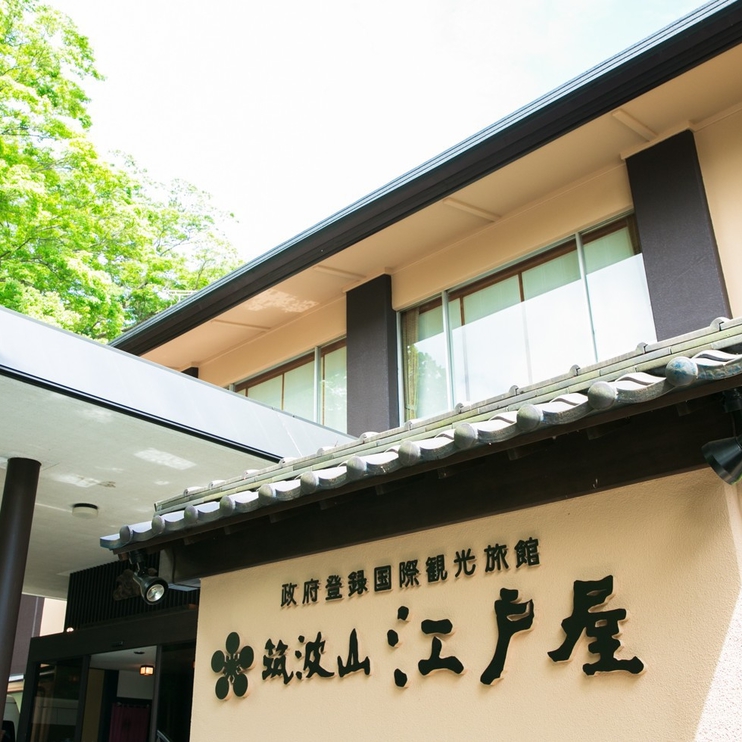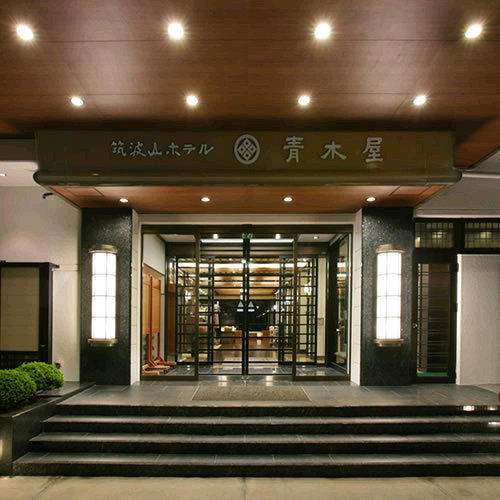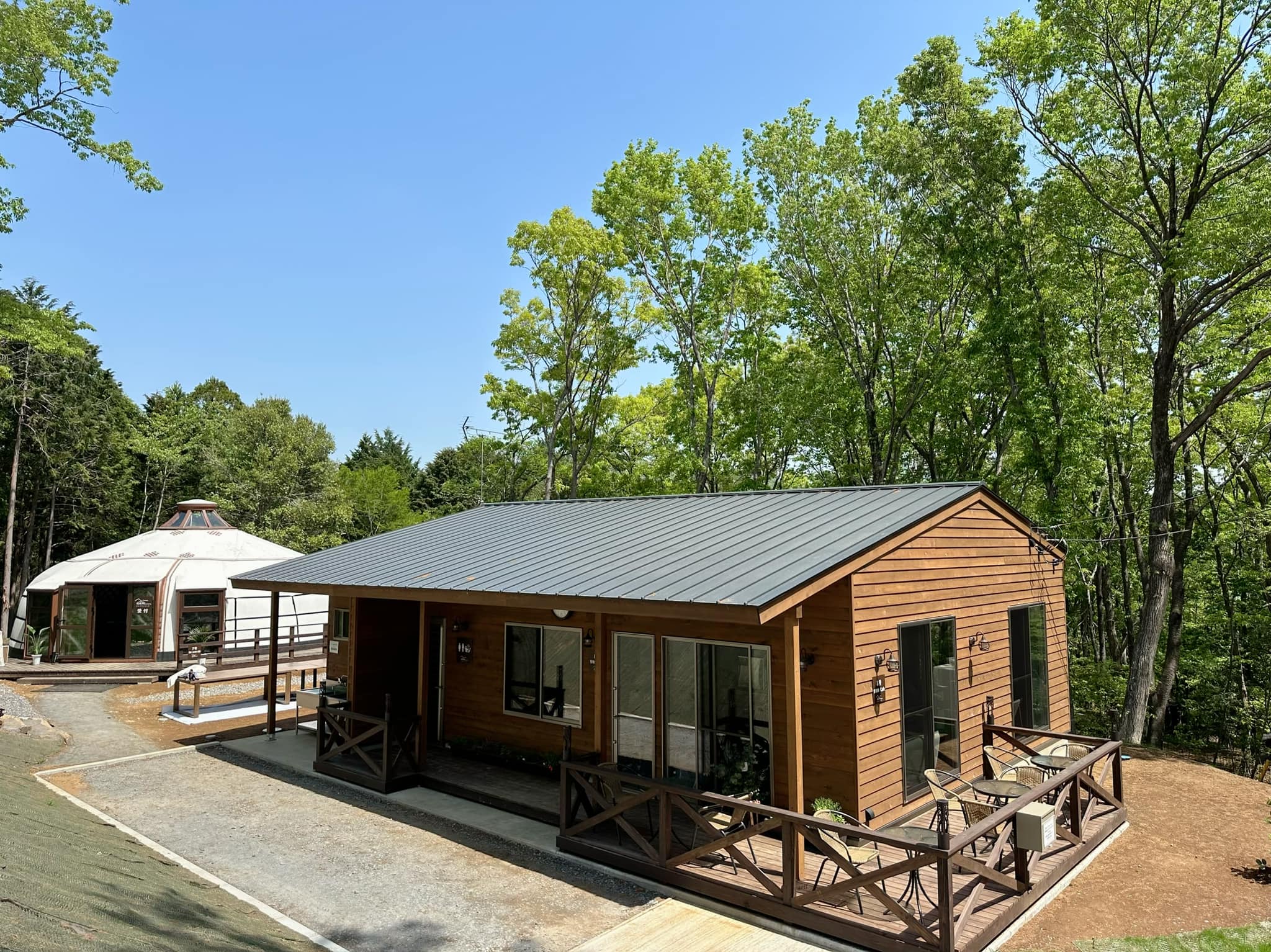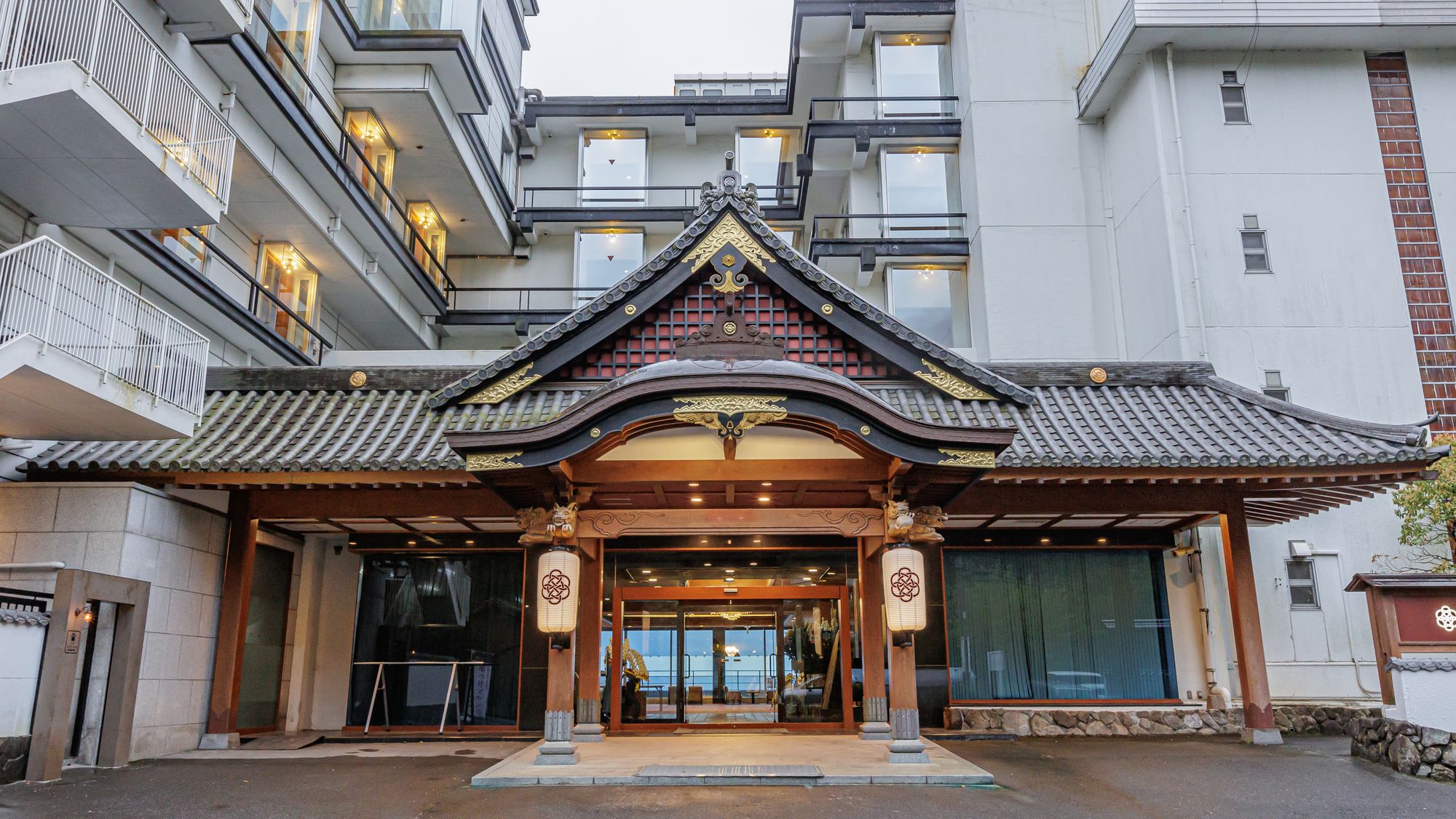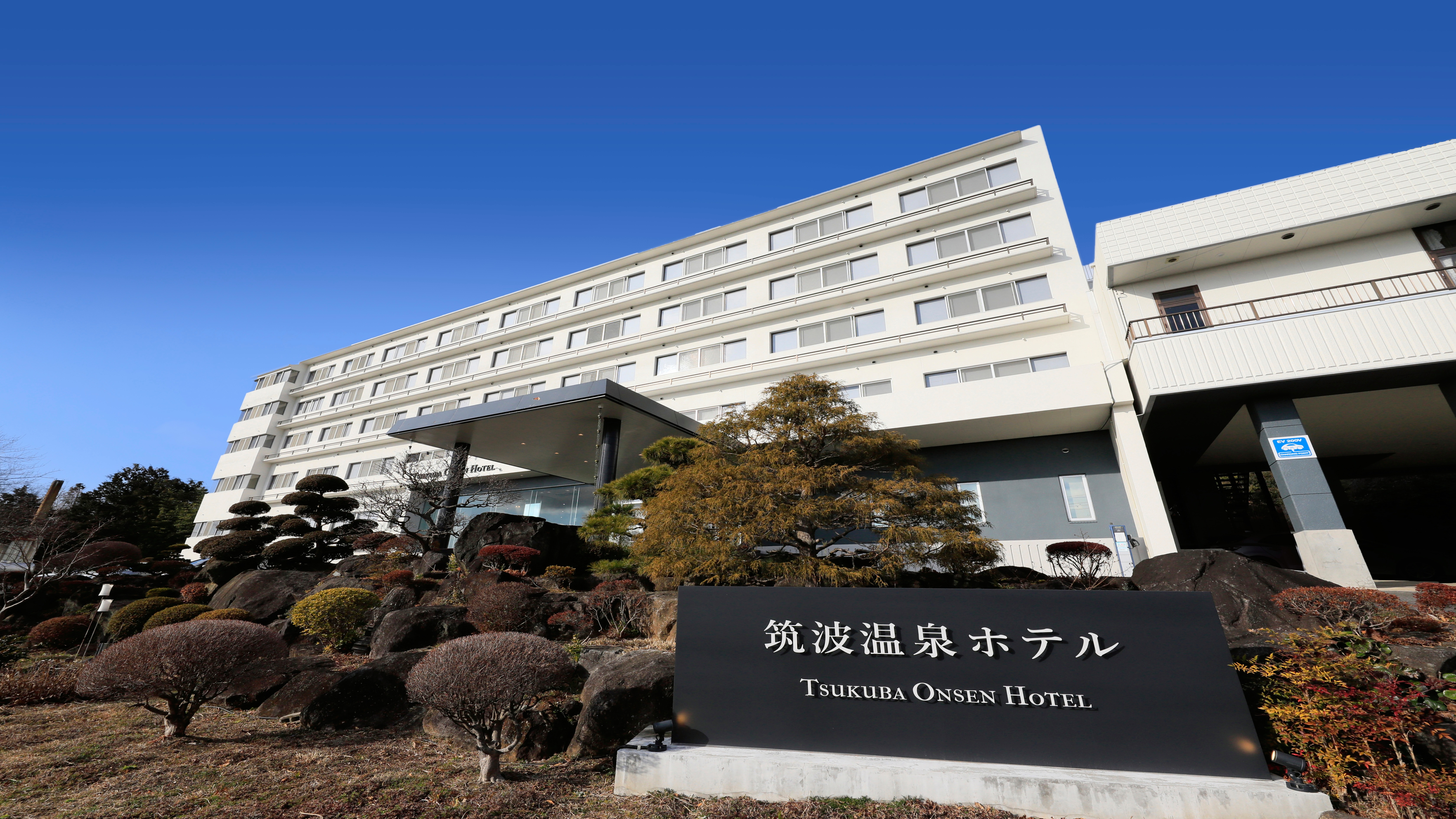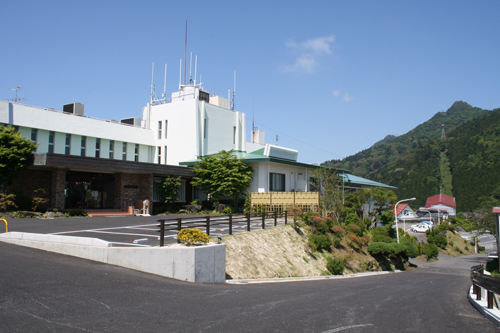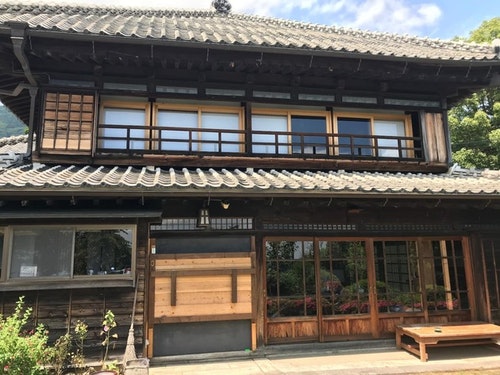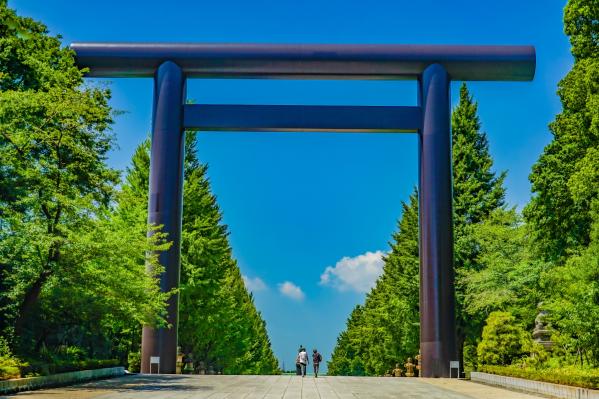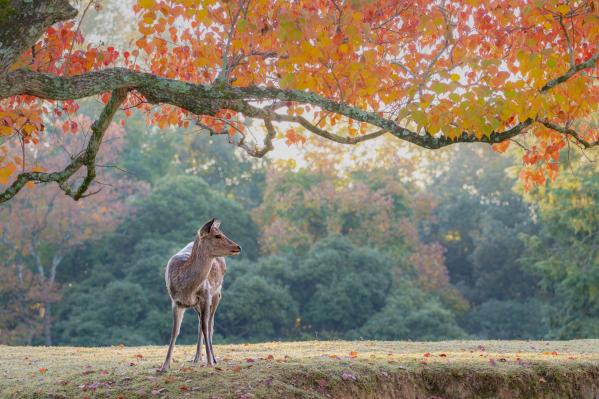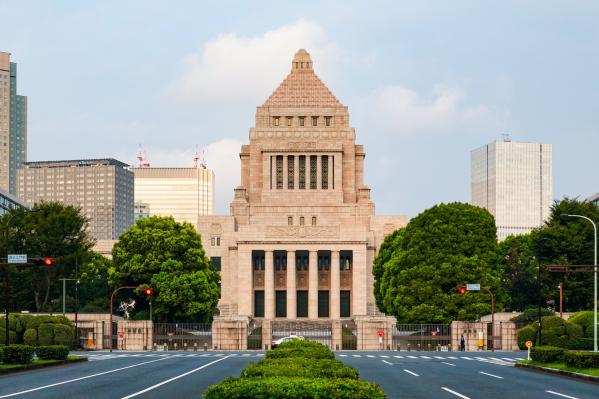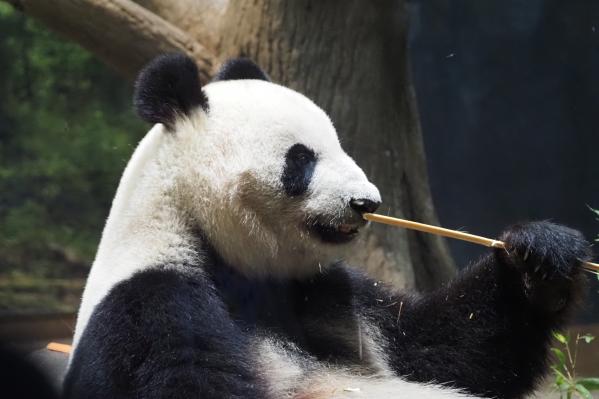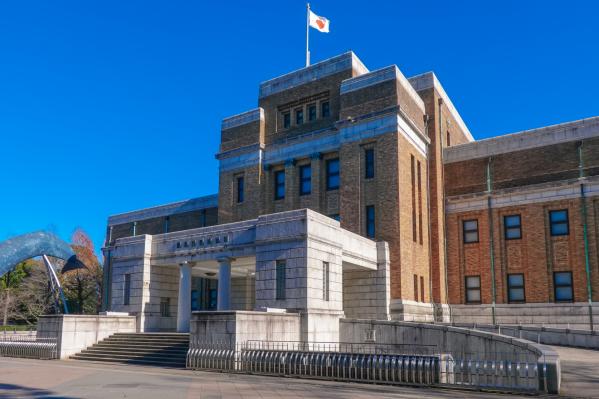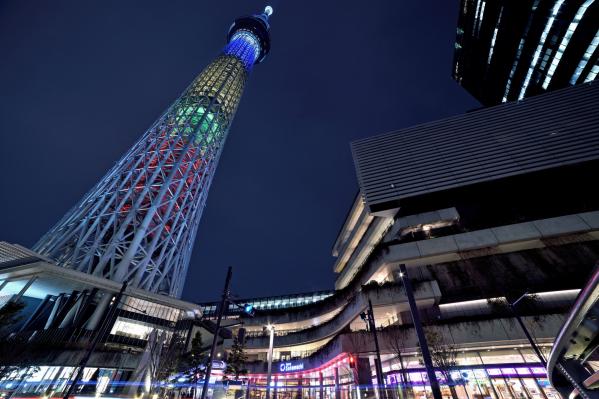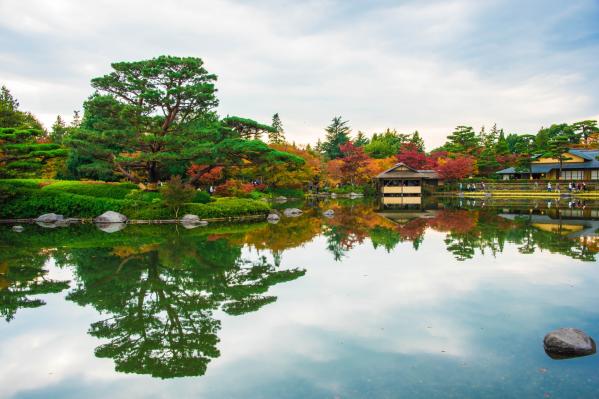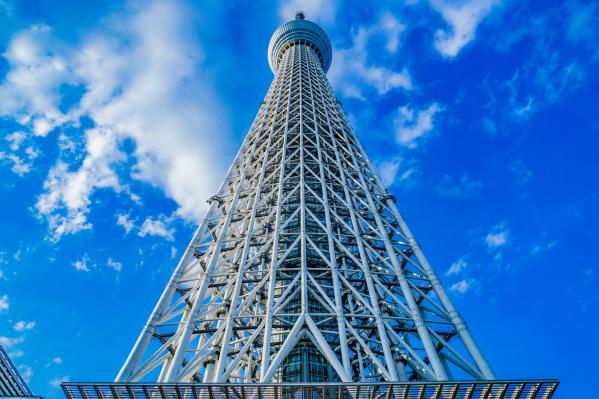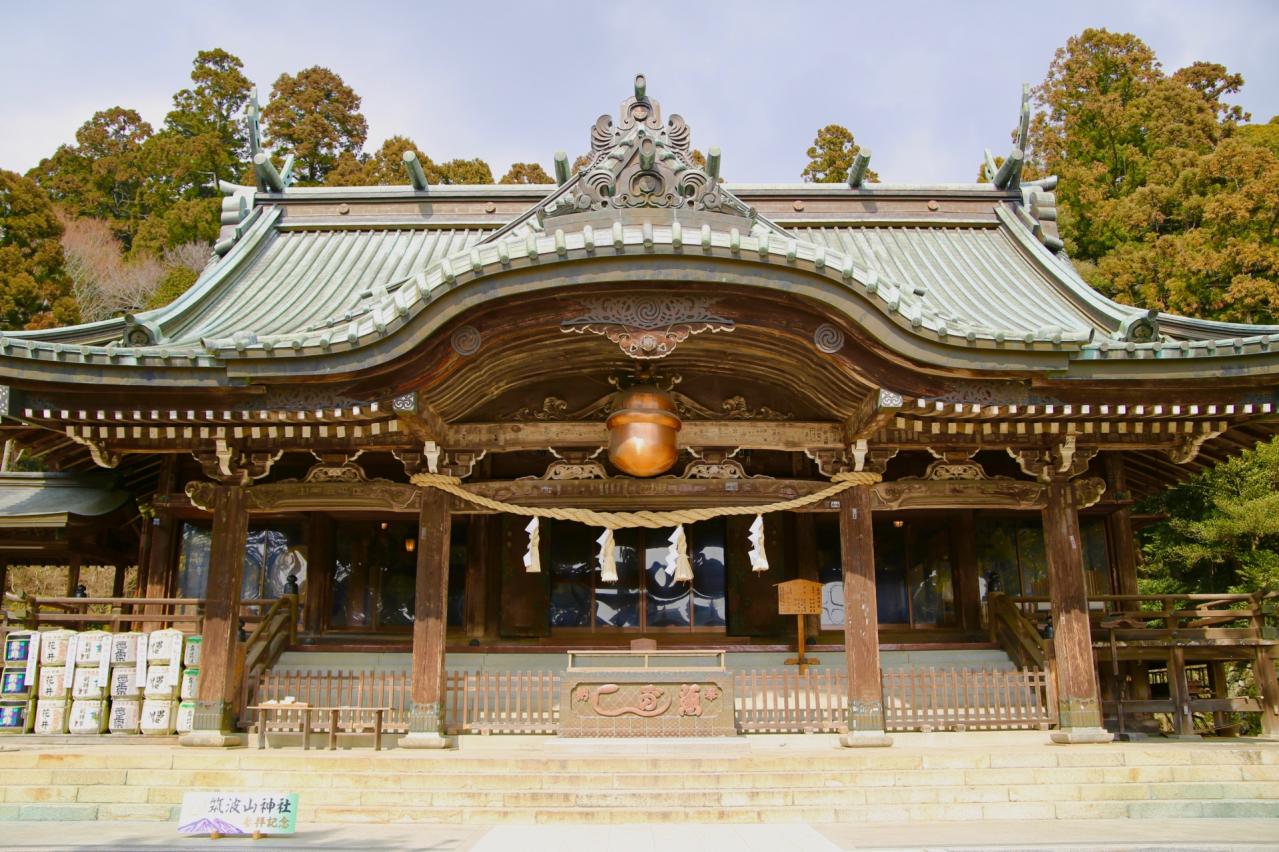
Tsukuba San Shrine
Basic Information
- Spot Name
- Tsukuba San Shrine
- Location
- 〒300-4352 1 Tsukuba, Tsukuba City, Ibaraki Prefecture
- Access
- From Tsukuba Station on the Tsukuba Express, take the Tsukuba Mountain shuttle bus for 40 minutes. From Toride Station on the JR Joban Line, take the Kantō Kōtsū bus to Tsukuba-san-guchi for 50 minutes, then transfer to the bus to Tsukuba Shrine Entrance for 10 minutes.
- Parking
- Parking available
- Business Hours
- Free access to the premises.
- Contact Information
- Phone Number: 029-866-0502
- Official Website
Map
Detailed Information
Tsukuba Shrine is an ancient shrine that venerates Mt. Tsukuba, a sacred peak located in Tsukuba City, Ibaraki Prefecture. It is believed to have been founded over three thousand years ago and is known as one of the most historically significant shrines in the Kanto region. Mt. Tsukuba, with its twin peaks measuring 877 meters in height, enshrines the male deity Tsukuba Ookami (Izanagi no Mikoto) on the western peak and the female deity Tsukuba Mega (Izanami no Mikoto) on the eastern peak, having long been worshipped as a couple. The worship hall located halfway up the mountain was established as a place to pay homage to both peaks and features a vast precinct of approximately 370 hectares that includes the summit. From the top of the mountain, visitors can enjoy a panoramic view of the Kanto Plain, a sight of such beauty that has captivated people since ancient times.
Faith and Divine Virtue
Tsukuba Shrine is widely known for its benefits related to matchmaking, marital harmony, and family safety, due to its enshrinement of the couple deities Izanagi and Izanami. Historically, "Tsukuba-ne" has been celebrated as a mountain symbolizing the bond between men and women, as mentioned in the "Manyoshu" poetry collection, leading to a continuous stream of worshippers seeking fulfillment of love and marriage. The shrine also conducts prayers for safe travels, protection from misfortune, and prosperity in business, attracting numerous visitors throughout the year. Additionally, Shinto wedding ceremonies are popular, held in a sacred atmosphere enveloped in nature and history.
History
The faith in Mt. Tsukuba can be traced back to ancient times when people revered mountains and nature as deities. It is said that the twin peaks' beautiful form led to the worship of the two deities. The names can also be found in historical texts such as the "Hitachi no Kuni Fudoki" and the "Nihon Shoki." During the reign of Emperor Sujin (approximately 2000 years ago), Tsukuba no Mikoto, a member of the Mononobe clan, was appointed as the regional governor of Tsukuba, and since then, the Tsukuba clan has served the shrine with the unity of ritual and governance. A legend also exists that the prince Yamato Takeru, the son of the 12th Emperor Keikō, ascended the mountain on his return from an eastern expedition, and the name "Rengadake" (Lotus Flower Mountain) is derived from his poetic verse from that time. In the Nara period, twenty-five poems about Mt. Tsukuba were included in the "Manyoshu," establishing it as a spiritually significant peak representative of Hitachi Province. The "Engishiki Shrine List" from the Heian period (927 AD) records "Tsukuba Otoko no Jinja" enshrining the male deity as a major shrine and "Tsukuba Onna no Jinja" as a minor shrine, and the current Tsukuba Shrine continues to inherit the tradition of enshrining these two shrines together.
Entering the medieval period, the rise of Buddhism saw many temples built on Mt. Tsukuba, flourishing as a sacred site of syncretism between Shinto and Buddhism. In the Kamakura period, Hachida Tomie, the youngest child of the lord of Oda Castle, took charge of the shrine’s affairs and worked diligently for its maintenance. In the Edo period, Tokugawa Ieyasu revered Mt. Tsukuba as a sacred mountain that protects the northeast (the "demon gate") of Edo and established a prayer location. Following this, it received strong faith from successive shoguns, and the shogunate donated 1,500 koku of rice lands. A sword donated by Tokugawa Iemitsu, crafted by the swordsmith Yoshimune, is designated as an Important Cultural Property by the national government.
During the Bakumatsu period, it became the stage for the pro-imperial movement “Tsukuba Mountain Uprising” led by Fujita Koshiro. After the Meiji Restoration, many Buddhist structures were lost due to the separation of Shinto and Buddhism, but Tsukuba Shrine continued to exist as a Shinto shrine and became a prefectural shrine in the 6th year of Meiji (1873).
Precinct and Architecture
The worship hall of Tsukuba Shrine is situated in the Miyawaki area halfway up the mountain, from where the twin peaks of Nantai and Nyoitai can be venerated. The precinct includes many auxiliary shrines and sub-shrines, each holding historical and artistic value.
• Shin-kyō: A beautiful arched bridge with a gable roof, crossing it is only permitted during the Spring (April 1) and Autumn (November 1) Oza-gawari Festival. In 2019, it completed a restoration that took about two years.
• Hie Shrine and Kasuga Shrine: They share a single worship hall and are respectively enshrined to the east and west. The main hall of Hie Shrine features sculptures of the three wise monkeys—"See no evil, speak no evil, hear no evil"—which are believed to be older than those in Nikko Toshogu Shrine.
• Itsukushima Shrine: This shrine is built on a pond within the precinct, architecturally appearing to float on the water, notable for its vibrant carvings and beautiful designs.
The precinct, surrounded by vermillion-painted worship halls, stone steps, and a cypress grove-lined approach, exudes a solemn and majestic atmosphere retaining many structures from the Edo period.
Year-round Events and Culture
The representative festival of Tsukuba Shrine is the "Oza-gawari Festival," held in spring and autumn. This ancient Shinto ritual involves the seasonal relocation of the two deities' seats and takes place in spring (April 1) and autumn (November 1). It has been passed down as a festival praying for an abundant harvest and marital harmony, continuing to attract many worshippers today. Additionally, the "Gama Festival," reminiscent of the famous "Gama no Abura Uri" (Toad Oil Seller) from Tsukuba, is held as a lively event featuring artistic offerings and numerous stalls. Various seasonal festivals occur throughout the year, including great prayer festivals for protection from misfortune and New Year celebrations.
Current Tsukuba Shrine
Today, Tsukuba Shrine serves as the center of natural faith, encompassing the entirety of Mt. Tsukuba as a sacred domain, while also being a popular hub for tourism and mountain climbing. It is easily accessible via cable cars and ropeways, and visitors can enjoy breathtaking views of the Kanto Plain from the worship hall. Tsukuba Mountain showcases various beauties throughout the seasons—from the cherry blossoms in spring, fresh greenery in summer, vibrant autumn foliage, to snow-covered landscapes in winter—continuing to captivate the hearts of people from ancient times to the present. Tsukuba Shrine is renowned as one of the most spiritually efficacious shrines in the Kanto region, where nature, faith, history, and culture are harmoniously intertwined.
Tsukuba Shrine is a representative ancient shrine of Japan, rich in history and traditions spanning three millennia, harmonizing mythology, culture, and natural beauty. Known for its benefits associated with matchmaking and family safety, it is also regarded as a prestigious shrine revered by the Tokugawa shogunate. Celebrated in ancient poetry, reflecting Edo period culture, and continuing to convey its spirit into modern times, Tsukuba Shrine truly embodies the essence of Japan's faith and nature.
Tsukuba San Shrine Movies
Ibaraki Tourist Attractions
View ListKasama Inari Shrine
One of Japan's three major Inari shrines, Kasama Inari Shrine, is located in Ibaraki Prefecture and boasts a history of over 1,360 years since its establishment in 6...
Hitachi Seaside Park
The National Hitachi Seaside Park is a magnificent park that spans approximately 215 hectares and captivates visitors with seasonal flowers throughout the year. In s...
Aqua World Ibaraki Prefectural Oarai Aquarium
Aqua World Ibaraki Prefecture Oarai Aquarium boasts the highest number of shark species in Japan, featuring about 580 species and 68,000 marine creatures on display ...
Hananuki Gorge
Hanamaki Gorge is a famous spot for autumn leaves located in Takahagi City, Ibaraki Prefecture. The beautiful scenery extends from Hanamaki Dam to Meibari-guchi and ...
JAXA Tsukuba Space Center
The JAXA Tsukuba Space Center, opened in 1972, is one of Japan's largest space development facilities. The vast grounds include research and development/testing faci...
Ushiku Daibutsu (Great Buddha)
The Ushiku Daibutsu (officially known as Ushiku Amida Buddha), located near the Ami-Higashi Interchange on the Ken-O Expressway, presents a colossal figure that boas...
Kashima Shrine
Kashima Shrine is said to have been founded in the first year of Emperor Jimmu (660 BC) and is a prestigious shrine alongside Ise Shrine and Katori Shrine. It is the...








